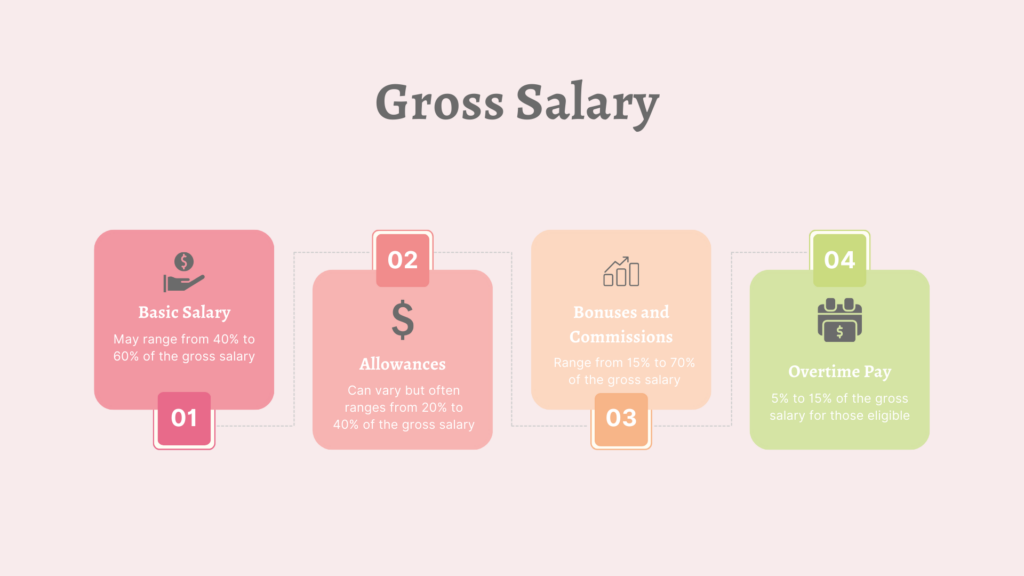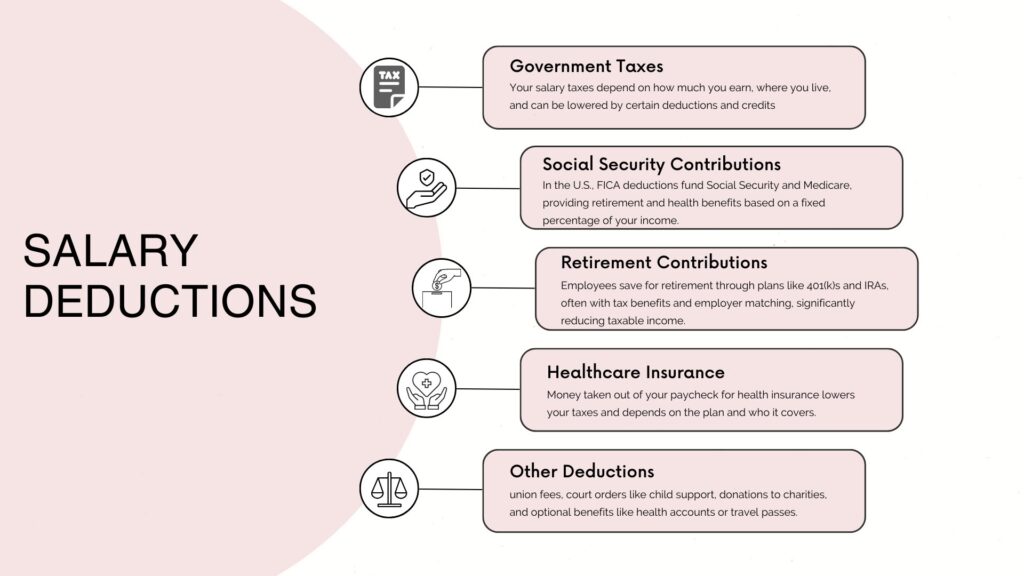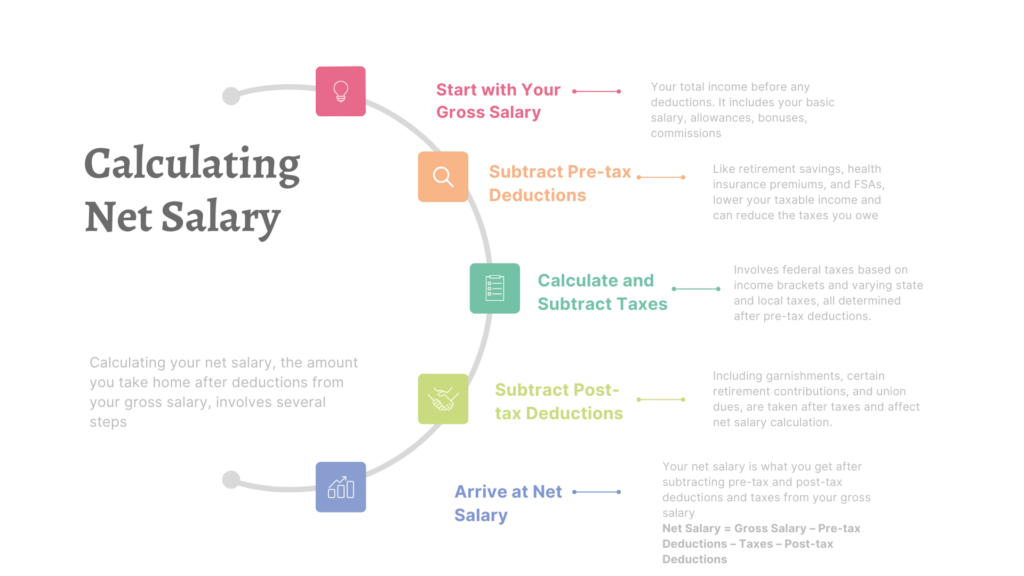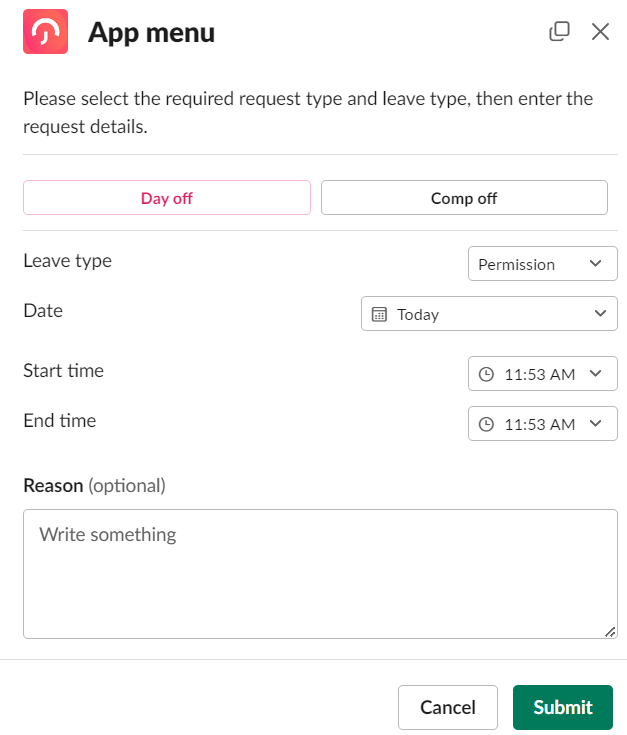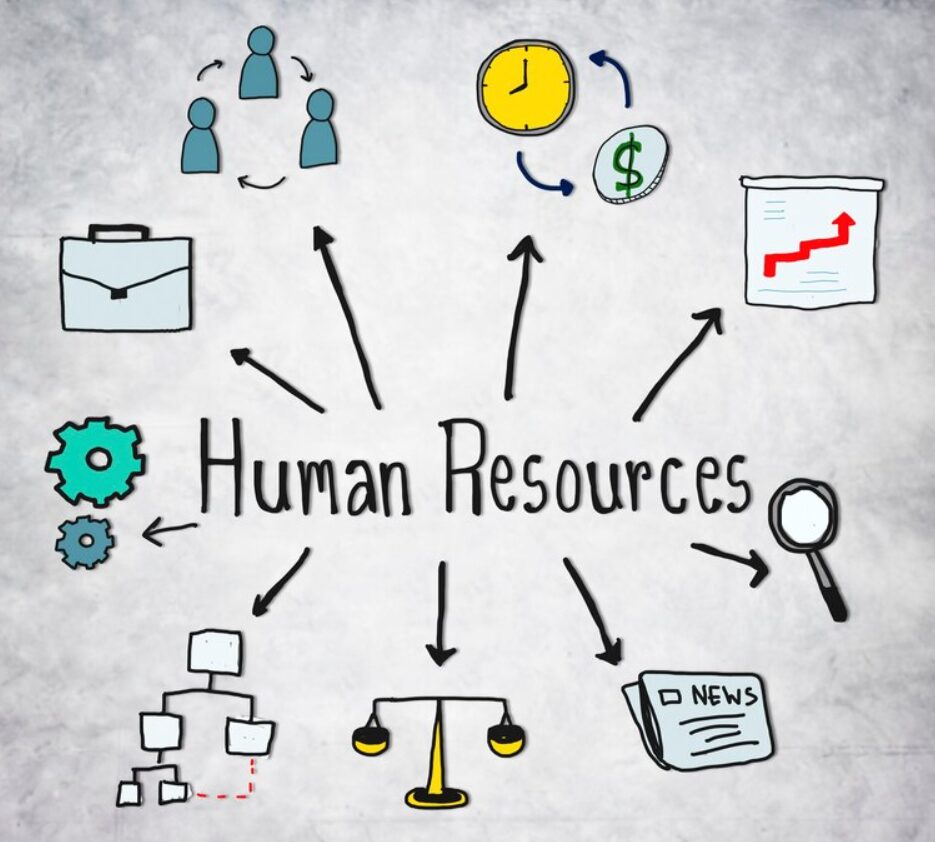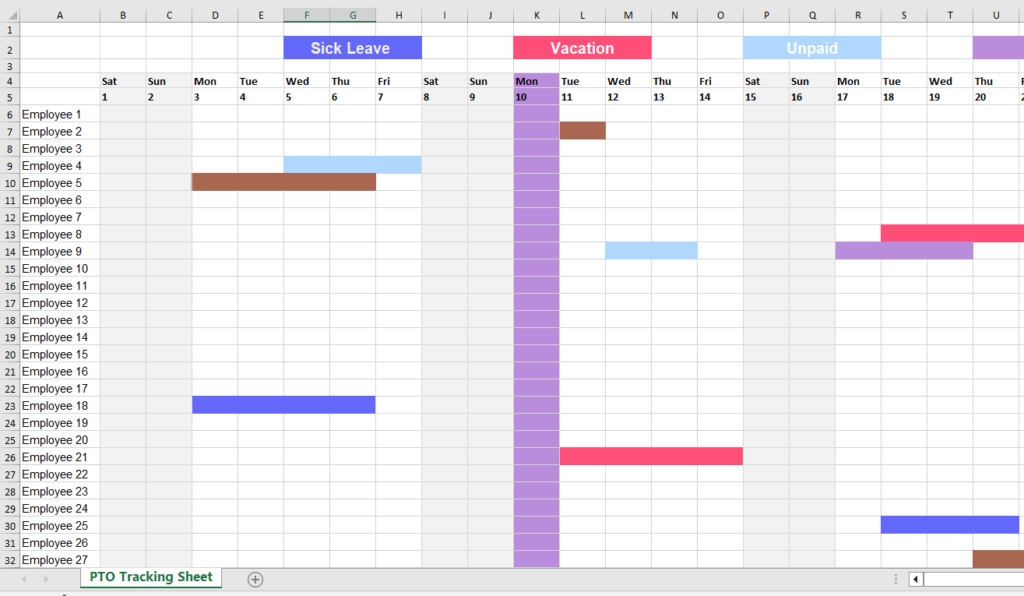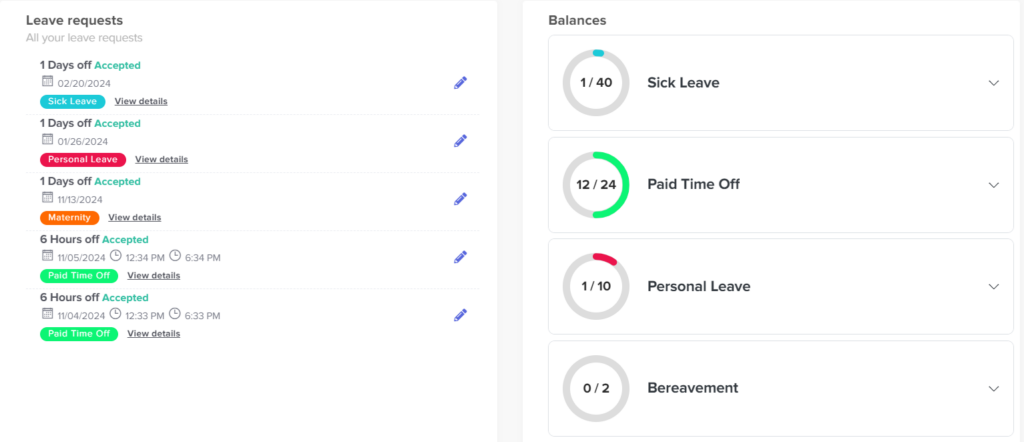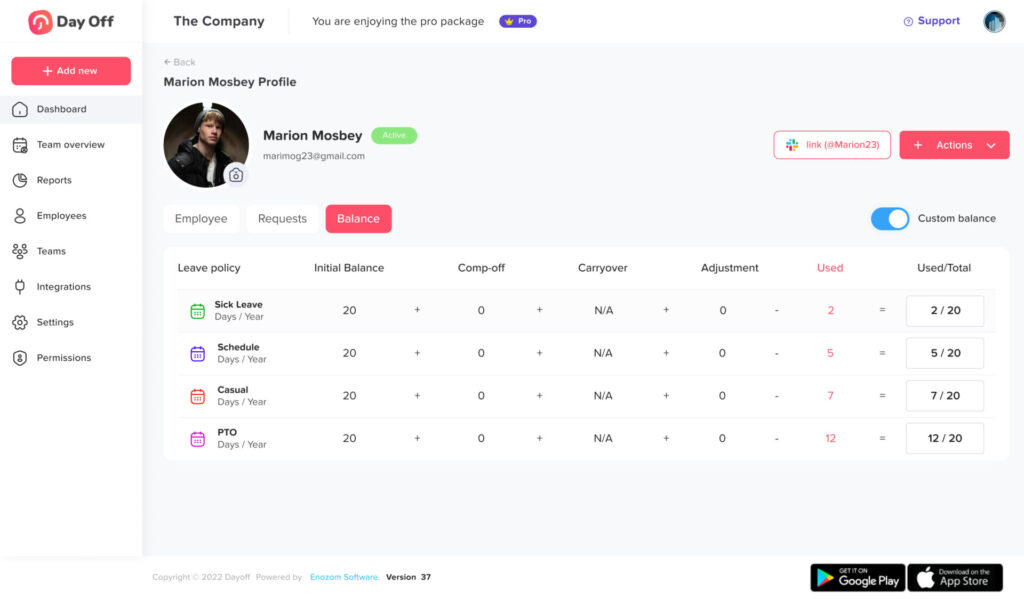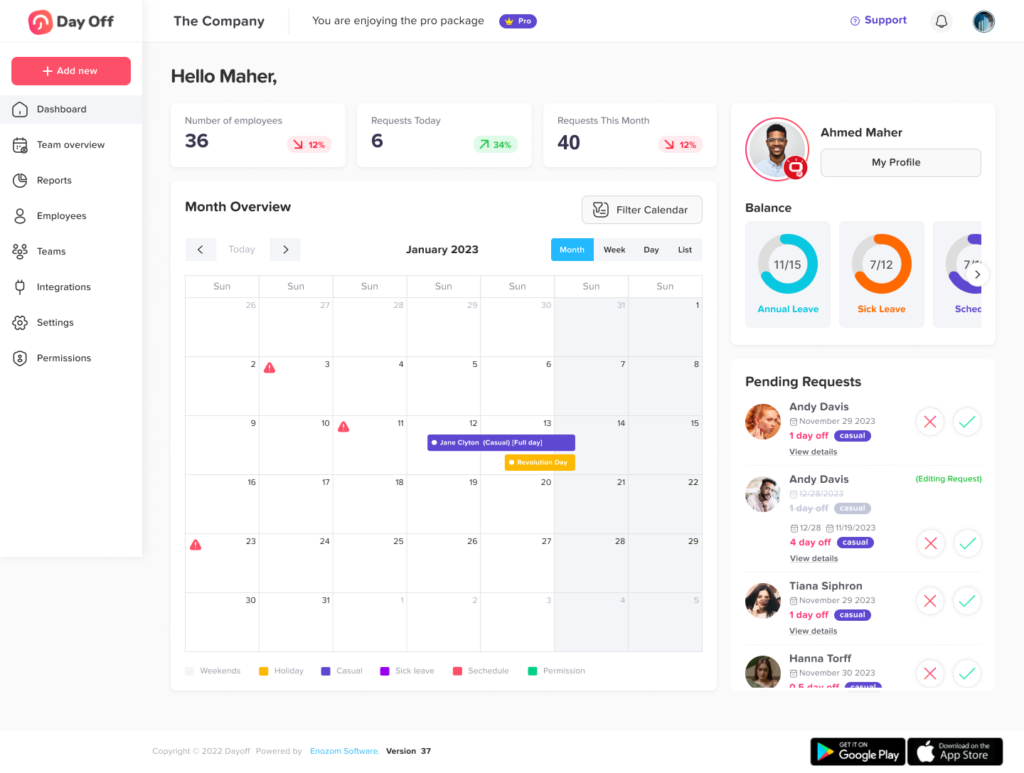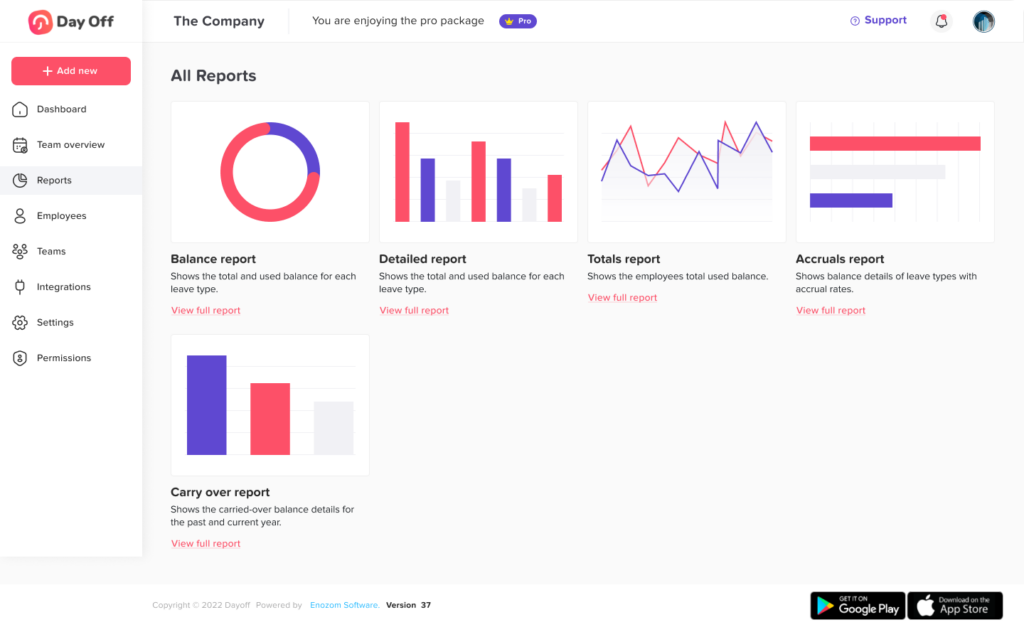Comprehending the different types of employment is essential for both managers and workers. Full-time employees, often seen as the cornerstone of a company, deliver continuous labor and critical skills that drive operational stability and promote growth. This article delves into the definition of a full-time employee, examines the array of benefits commonly linked to this employment status, and discusses strategies for managing full-time staff effectively. By exploring these aspects, we aim to shed light on the integral role full-time employees play in the fabric of an organization and how they can be best supported to mutual benefit.
What is a Full-Time Employee?
A full-time employee usually works a certain number of hours each week, often between 35 to 40 hours, as set by their employer. This amount can change depending on the country or the company’s own rules, but it generally matches what the law considers full-time work. This status is important because it helps determine the work schedule, benefits, and legal rights that an employee receives. Understanding this helps both employers plan their staff needs and employees know their job requirements and protections.
Standard Full-Time Hours by Region

United States
In the U.S., working 40 hours a week is usually considered full-time employment. This standard helps determine things like health benefits and paid time off for workers. Both employers and employees need to know this as it affects job schedules and rights.
Legal and Practical Applications: There is no specific legal definition set by the Fair Labor Standards Act (FLSA) for full-time employment; this determination is generally left to employers. For the purposes of healthcare coverage under the Affordable Care Act (ACA), an employee who works an average of at least 30 hours per week (or 130 hours per month) is considered full-time.
European Union
In EU countries, full-time work usually means working between 35 to 40 hours a week, which fits the rules and usual practices of different places.
Legal and Practical Applications: The Working Time Directive regulates how long an employee can legally work each week (typically capped at 48 hours, including overtime). Individual member states have the flexibility to define full-time work within this framework.
Australia
The standard workweek is generally recognized as being 38 hours per week, providing a clear benchmark for full-time employment across various industries.
Legal and Practical Applications: This standard is regulated by the Fair Work Act, which defines full-time employment as an arrangement in which an employee works, on average, 38 hours each week. The specific hours of work for a full-time employee should be outlined in the employment contract or enterprise agreement.
Canada
In Canada, full-time employment is typically defined as working anywhere from 30 to 40 hours per week.
Legal and Practical Applications: The definition can vary by province and is important for determining eligibility for certain labor protections and benefits. For example, the number of work hours can affect entitlements such as annual leave or maternity leave.
United Kingdom
In the United Kingdom, full-time employees typically work between 35 to 40 hours per week, which is the accepted range for a standard workweek across various sectors and industries.
Legal and Practical Applications: Similar to the EU, there is a cap of 48 hours per week, regulated under the Working Time Regulations 1998. Employers must ensure that employees do not exceed this limit unless they opt out.
Japan
In Japan, full-time employment is generally considered to be about 40 hours per week, aligning with the standard workweek observed in many other industrialized nations.
Legal and Practical Applications: Under the Labor Standards Act in Japan, the legal limit is 40 regular working hours per week. Additionally, there are stringent regulations regarding overtime, which is permissible but must be compensated at a higher rate, and excessive working hours are a topic of national concern.
Brazil
In Brazil, the standard for full-time employment typically involves working 44 hours per week, which is considered the norm across various industries within the country.
Legal and Practical Applications: The Brazilian Consolidation of Labor Laws (CLT) specifies this 44-hour weekly limit, and any hours worked beyond this must be paid as overtime at an increased rate. Full-time workers are also entitled to a wide array of benefits and protections under Brazilian labor law.
China
The standard workweek in China is set at 40 hours, typically spread over 5 days, from Monday to Friday, aligning with international norms for full-time employment.
These examples demonstrate the global variations in defining full-time employment, influenced by cultural norms, economic conditions, and social policies. Employers operating in international contexts must be particularly mindful of these differences to ensure compliance with local labor laws and to foster positive labor relations.
Is It Possible For Employees to Work More Than Full-Time Hours?
employees can work more than full-time hours, which is often referred to as overtime. The rules and implications of overtime vary by country and are usually governed by labor laws to ensure fair compensation and to prevent exploitation.
Overtime Pay
- In many jurisdictions, employees are entitled to higher pay rates when they work beyond the standard full-time hours. For example, in the U.S., the Fair Labor Standards Act (FLSA) requires that employees be paid at least one and a half times their regular pay rate for hours worked over 40 in a workweek.
- Some countries or specific job contracts might have different thresholds or rates for overtime, depending on local labor laws or industry standards.
Regulations
- Labor laws typically regulate overtime to ensure that employees are not overworked and employers do not abuse the provision of overtime. These laws can include caps on the maximum number of hours an employee can work in a day or week.
- Certain countries have regulations that require employers to seek consent from employees before assigning them overtime, or they may need to notify a labor union or another regulatory body.
Exemptions
- Not all employees are eligible for overtime pay. For example, in the U.S., “exempt” employees, who typically hold managerial, administrative, or professional roles, may not receive overtime pay because of their salary levels and the type of duties they perform.
- Other countries also have similar exemptions, where overtime rules might not apply to senior management or certain specialized professionals.
Voluntary vs. Mandatory Overtime
- Overtime can be either voluntary, where employees choose to work extra hours, or mandatory, where employers require it. Mandatory overtime policies are often regulated to prevent excessive work hours.
- Some workplaces negotiate overtime conditions through collective bargaining agreements that specify when and how overtime is to be implemented.
Implications of Being Full-Time
Being classified as a full-time employee comes with several important advantages, both in terms of immediate benefits and long-term career prospects.
Benefits Eligibility
Full-time employees typically have access to a more comprehensive benefits package compared to their part-time counterparts. This often includes health insurance, which can cover a range of medical, dental, and even mental health services. Pension contributions are another key feature, helping employees save for retirement, often with some form of employer match that enhances the savings. Additionally, full-time status usually comes with paid leave entitlements, such as vacation, sick leave, and parental leave. These benefits not only provide financial security but also contribute to a better work-life balance and overall job satisfaction.
Job Security and Career Advancement
Full-time positions are generally associated with greater job security. This stability is due to the employer’s investment in the employee’s role as critical to the organization’s operations. Moreover, full-time employees are more likely to receive opportunities for career advancement. Employers prefer to invest in developing the skills and leadership abilities of full-time staff through training programs and professional development courses. These opportunities not only enhance an employee’s skill set but also position them for upward mobility within the company, potentially leading to promotions and increased responsibilities.
Employer Flexibility
While the above guidelines provide a general framework, individual employers have significant flexibility in defining what constitutes full-time employment based on business needs and industry standards. This flexibility allows employers to design work schedules that align with operational demands and labor budgets. However, it is crucial for employers to clearly communicate their definitions of full-time employment in their company policies and employee contracts to avoid misunderstandings and ensure compliance with labor laws.
In summary, being classified as a full-time employee typically ensures a stable work arrangement accompanied by significant benefits and substantial opportunities for career growth. These factors are crucial for fostering long-term job satisfaction and providing financial security. Full-time status not only tends to offer higher job stability and more consistent income but also includes access to extensive health benefits, retirement plans, and generous leave policies. These benefits are essential for a balanced and secure professional life.
Full-Time Employee Entitlements
Health Insurance Coverage: Full-time employees are generally eligible for comprehensive health benefits, which may include medical, dental, and vision insurance.
Retirement Savings Plans: Employers frequently offer retirement savings plans, such as 401(k) programs, often with employer matching contributions to enhance retirement security.
Paid Time Off (PTO): This benefit includes vacation, sick leave, and personal days, with the specifics governed by organizational policies or collective bargaining agreements.
Parental Leave: Organizations typically provide maternity and paternity leave options, which can be either paid or unpaid, in accordance with national legislation and corporate policy.
Employment Stability: Full-time employment status generally offers increased job security, supported by labor laws that protect against unwarranted dismissal.
Overtime Compensation: Full-time employees are entitled to overtime pay under certain conditions, as dictated by local labor laws, when working beyond the standard weekly hours.
Insurance Benefits: Disability and life insurance policies may be provided, offering additional security for employees and their families.
Professional Development: Employers often invest in training and development programs to support the career growth of their full-time staff.
Employee Assistance Programs (EAP): These programs offer confidential professional support for various personal and professional challenges, available exclusively to full-time employees.
What is The Difference Between a Part-Time and Full-Time Job?
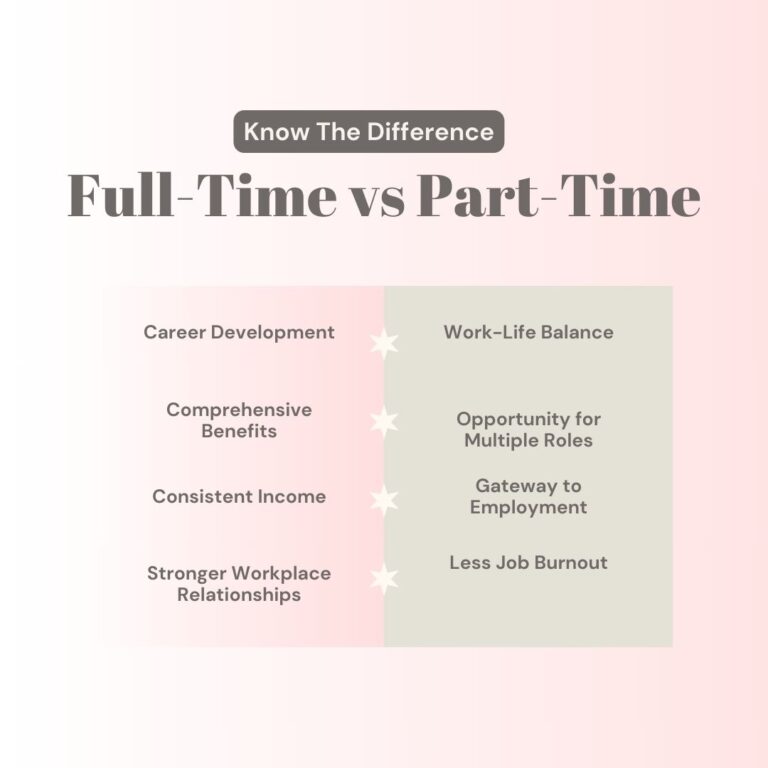
Understanding the differences between part-time and full-time employment is crucial for both employers planning their workforce and employees making career decisions. Here are more detailed explanations of the key distinctions:
Hours Worked
- Full-time employees usually work a set number of hours each week, defined by what is considered standard in their country or industry, typically around 35 to 40 hours per week. This schedule provides consistency in daily operations and planning.
- Part-time employees work fewer hours than their full-time counterparts, often less than 35 hours per week. The specific number can vary greatly depending on the employer’s needs and the type of job. This reduced schedule offers flexibility but can vary more significantly from week to week.
Benefits
- Full-time employees generally enjoy a robust benefits package. This often includes comprehensive health insurance, employer contributions to retirement savings plans, and paid leave (including vacation, sick leave, and parental leave). These benefits contribute significantly to job satisfaction and employee well-being.
- Part-time employees typically receive limited benefits. Some may not qualify for health insurance or retirement benefits unless they work a minimum number of hours, and others might not accrue paid time off at the same rate as full-time employees.
Job Security
- Full-time positions are often associated with greater job security. These roles are usually crucial to the core functions of an organization, making full-time employees less likely to be let go except under serious financial constraints or operational overhauls.
- Part-time roles can be more susceptible to changes in staffing needs, often being the first to experience hours cuts or job elimination in economic downturns. Their more flexible nature can also lead to unpredictability in terms of long-term employment.
Career Advancement
- Full-time employees have more opportunities for advancement within a company. The perception of being fully invested in the company’s goals makes them likely candidates for promotions and involvement in professional development activities that enhance their careers.
- Part-time employees often face challenges in advancing within the same organization. Limited exposure and fewer opportunities to showcase their skills can hinder their ability to move up the ladder unless they take proactive steps to gain additional skills or education.
Work-Life Balance
- Full time employees may have less flexibility in their schedules, which can impact their ability to manage personal obligations, hobbies, or additional education. However, the regularity of their work hours can also provide a predictable routine that helps in planning life outside of work.
- Part-time employees often benefit from more flexible schedules, which can be ideal for balancing work with personal life, studies, or other commitments. This flexibility can be particularly attractive to students, caregivers, or those with other significant responsibilities or interests outside of their jobs.
Tax and Legal Implications
- Full-time employees are often subject to different tax brackets and benefits under labor laws, including unemployment benefits and workers’ compensation. Their employment status also affects the employer’s obligations concerning tax withholdings and contributions to social security and healthcare systems.
- Part-time employees might have different tax implications, potentially qualifying for fewer unemployment benefits and other protections offered to full-time employees. Employers also have different obligations regarding part-time workers, which can affect both the employer’s and the employee’s financial and legal standings.
These differences highlight the critical need to understand various employment classifications when negotiating job terms or planning career paths, as they influence everything from everyday life and economic security to long-term professional development.
What is Better to Hire Full-time or Part-Time Employees?
Deciding whether to hire full-time or part-time employees depends greatly on your specific business needs, the nature of the job, budgetary considerations, and your long-term goals. Full-time employees generally offer a greater commitment to your organization as their primary livelihood depends on their job, which can enhance their dedication and stability within the company. This arrangement also facilitates deeper skill development since full-time staff tend to stay longer, allowing for more worthwhile investments in training. However, full-time positions require a higher financial outlay due to benefits like health insurance, paid leave, and retirement plans, and they offer less flexibility in scaling operations down during slower periods.
On the other hand, part-time employees can provide significant flexibility, particularly useful for adapting to seasonal fluctuations or project-specific demands without the commitment of long-term contracts. This can lead to cost savings as part-time workers usually receive fewer or no benefits. Employing part-timers can also bring in a range of skills and experiences that are ideal for short-term or specialized tasks. The downsides include potentially lower commitment since part-timers may be juggling multiple job priorities, which can impact their loyalty to your company. Additionally, the frequent training and integration of new or rotating part-time staff might elevate costs and diminish productivity over time.
When choosing between full-time and part-time employment, consider factors like the nature of the work, the size, and stage of your business, and how much you’re willing to invest in employee development. For roles requiring extensive knowledge and continuous engagement, full-time employment might be more suitable. Conversely, for positions with variable hours or seasonal peaks, part-time employees could be advantageous. Many businesses find that a combination of both full-time and part-time employment best meets their needs, providing both flexibility and stability to navigate business demands efficiently.
How to Track Your Full-Time Employees’ PTO and Time Off
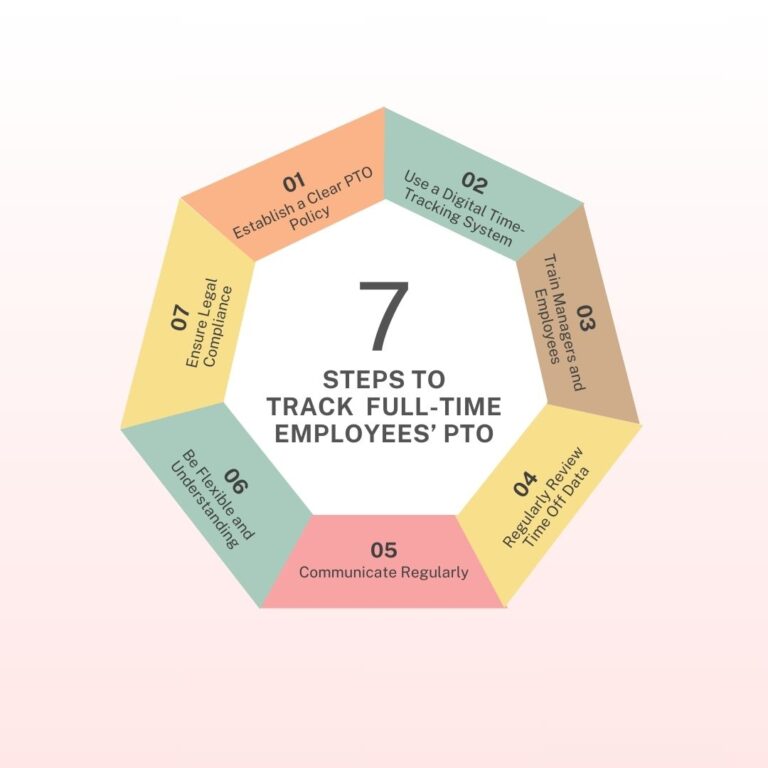
Tracking Paid Time Off (PTO) and other forms of time off for full-time employees is crucial for maintaining a harmonious workplace and ensuring compliance with labor laws. Here are some strategies to effectively manage this process:
Establish a Clear PTO Policy
Create a comprehensive PTO policy that clearly outlines how time off is accrued, the types of leave available (such as vacation, sick days, and personal days), and the procedures for requesting time off. This policy should be included in your employee handbook and communicated to all employees upon hire and whenever updates are made.
Use a Digital Time-Tracking System
Implement a digital time-tracking system or software that allows employees to submit their time-off requests and helps managers to approve them easily. These systems can automatically update the available PTO balance for each employee, reducing errors and ensuring transparency. Look for features like mobile accessibility, integration with other HR systems, and real-time updates.
Train Managers and Employees
Ensure that both managers and employees are trained on how to use the time-tracking system. Managers should understand how to approve requests and monitor team schedules, while employees should know how to submit their time off requests and check their PTO balances.
Regularly Review Time Off Data
Regular audits of time off data can help identify any inconsistencies or abuse of the PTO system. It also provides insights into employee time-off patterns, which can be useful for workforce planning and ensuring adequate staffing levels.
Communicate Regularly
Maintain open lines of communication regarding PTO balances and time off policies. Regular reminders about PTO policies and the status of employees’ PTO balances can prevent end-of-year rushes to use up time off and help employees plan their leaves better.
Be Flexible and Understanding
While it’s important to have policies and systems in place, also be flexible and understanding towards unforeseen circumstances requiring employees to take time off. This builds trust and loyalty among your workforce.
Ensure Legal Compliance
Check local labor laws to ensure that your PTO policies comply with regulations regarding accrual, rollover, and payouts. Laws may vary significantly between different regions or countries, and non-compliance can result in legal issues and penalties.
By using these methods, you can manage full-time employees’ PTO and time off efficiently and fairly, contributing to a positive work environment and helping maintain operational efficiency.
By utilizing Day Off, you can efficiently manage and track your employees’ Paid Time Off (PTO) and other forms of time off. This website offers a user-friendly platform designed to streamline the process of scheduling, approving, and tracking leave requests within an organization. Here’s how Day Off Leave Tracker can enhance your PTO management:
Centralized Management
Day Off centralizes all aspects of PTO management by consolidating requests, approvals, and records in a single platform. This centralization makes it simpler for managers and HR personnel to access and oversee all employee time-off data efficiently. The unified system reduces the risk of oversight and errors, ensuring that each request is duly noted and handled. By having a single source of truth, the platform helps in maintaining consistency in how time-off policies are applied and managed across the organization.
Real-Time Tracking
The platform offers real-time tracking of PTO balances and usage, which promotes a transparent and up-to-date view of available time off for both employees and managers. Employees appreciate the ability to check their PTO balances anytime, facilitating better planning and utilization of their entitled leave. For managers, this real-time data enables prompt review and approval of leave requests, helping to prevent scheduling conflicts and ensuring equitable distribution of time off within their teams.
Automated Calculations
Day Off Leave Tracker automates the calculation of PTO accruals based on predefined company policies. This feature handles various accrual rates, carryover policies, and other specific conditions automatically. Automating these calculations not only saves significant administrative time but also minimizes human error in updating and maintaining accurate PTO records. This automation supports HR departments in delivering a reliable and hassle-free experience concerning leave entitlements and usage.
Mobile Access
Recognizing the needs of modern workplaces, Day Off App is accessible via mobile devices for both Android and iOS, allowing employees to submit time-off requests and view their PTO balances from anywhere at any time. This mobility is especially beneficial for remote or field-based employees who might not have regular access to traditional desktop setups. Mobile access ensures that all employees, regardless of location, have equal and uninterrupted access to manage their time off, enhancing flexibility and employee satisfaction.
Reporting Tools
The platform provides comprehensive reporting capabilities, offering five distinct types of reports that can be generated to analyze PTO usage, accruals, and remaining balances. These reports are invaluable for HR and management teams for effective workforce planning and ensuring compliance with labor regulations. With detailed insights into how PTO is used and accrued across the organization, strategic decisions can be made to optimize staffing levels and meet operational demands.
Customizable Settings
Day-Off.app is highly customizable, allowing organizations to tailor the platform to their specific leave policies and operational needs. You can define different types of leave, such as sick leave, personal days, or public holidays, and establish specific approval workflows to match your organizational hierarchy and management style. This level of customization ensures that the platform not only meets the unique requirements of your organization but also adapts as your policies evolve over time.
FAQ Section on Full-Time Employment
How does full-time employment affect career progression compared to part-time or contract work?
Full-time employment often provides more opportunities for professional growth and career advancement. Employers are more likely to invest in training and development for full-time employees, given their ongoing commitment to the company. In contrast, part-time or contract workers might need to seek out their own opportunities for skill enhancement or career advancement.
What are the typical procedures for requesting time off as a full-time employee?
Procedures can vary by company, but generally, full-time employees must submit a time-off request through an HR system or directly to their manager, often requiring approval well in advance. Employers usually outline these procedures in an employee handbook or through HR orientation sessions.
How do companies handle long-term leave for full-time employees (e.g., sabbaticals, extended medical leave)?
Companies may have specific policies for long-term leaves, which can include unpaid leave, partially paid leave, or the use of accumulated PTO. Such policies are often detailed in the employee handbook, and typically require formal approval from management and HR, ensuring that the leave does not disrupt business operations.
Are full-time employees more susceptible to burnout than part-time employees?
Potentially, yes. Full-time employees often face greater expectations for productivity and may have less flexibility in their schedules compared to part-time workers, increasing the risk of burnout. Employers can mitigate this by promoting a healthy work-life balance, providing mental health resources, and encouraging regular breaks and vacations.
How do global companies standardize policies for full-time employees across different countries?
Global companies typically develop standardized policies that comply with the minimum legal requirements of each country they operate in, while also aligning with their corporate culture and values. They might also implement regional variations to address local labor laws, cultural norms, and market conditions.
What impact does the status of being a full-time employee have on retirement planning?
Full-time employment status often provides better access to employer-sponsored retirement plans, such as 401(k) plans in the U.S. or pension schemes in other countries. Employers may offer matching contributions, which can significantly enhance an employee’s retirement savings compared to part-time counterparts who might not have access to such benefits.
Can a full-time employee be classified as exempt or non-exempt?
Yes, in some jurisdictions, full-time employees can be classified as exempt or non-exempt, which determines their eligibility for overtime pay. This classification is typically based on their job duties, salary level, and the standards set by local labor laws.
How is overtime calculated for full-time employees?
Overtime for full-time employees is typically calculated based on hours worked beyond the standard full-time hours, with pay rates often higher than the regular hourly rate. The specific rules for overtime compensation depend on local labor laws.
Conclusion
In the complex landscape of human resources, understanding the nuances of full-time employment is essential for both organizations and their workforce. Full-time employees not only bring stability and growth to an organization but also enjoy a suite of benefits that can enhance their professional and personal lives. The standards for what constitutes full-time work may vary across different regions, reflecting diverse legal frameworks and cultural norms. Organizations looking to manage their full-time staff effectively must navigate these variations with careful consideration of local regulations and a deep understanding of their workforce’s needs.
By incorporating robust systems for tracking and managing work hours, including overtime and PTO, businesses can ensure fair treatment and maintain compliance with labor laws. Furthermore, fostering a supportive environment for full-time employees by recognizing their contributions and addressing their challenges helps in building a motivated and loyal team.
Ultimately, the decision to hire full-time versus part-time employees should align with strategic business goals, the nature of the work, and the overall vision for the company’s growth. By doing so, businesses can optimize their workforce while providing meaningful employment to their staff, driving mutual success in today’s dynamic economic environment.



